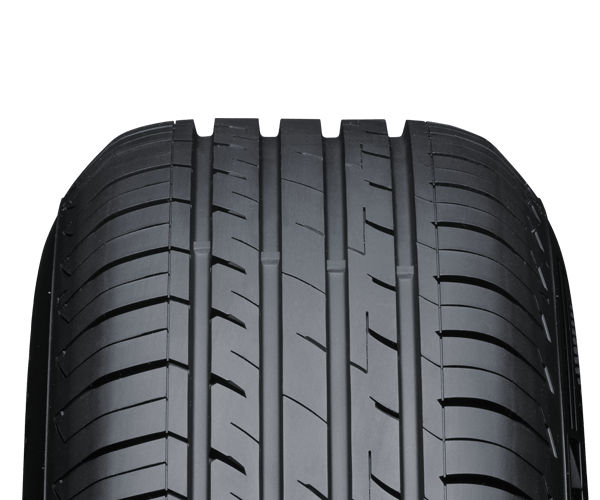
![[Translate to Englisch:] Hintergrund](/fileadmin/_processed_/2/5/csm_bg-tyres-2025_057cf21acf.jpg)
![[Translate to Englisch:] Beschreibung 1](/fileadmin/_processed_/4/9/csm_RP-330-01_0fc93d7d1d.jpg)
Asymmetric design for top performanceThe asymmetric tread design delivers outstanding performance and ensures versatility thanks to the even stiffness of both shoulders. |
![[Translate to Englisch:] Beschreibung 2](/fileadmin/_processed_/4/a/csm_RP-330-02_fb02aa69b4.jpg)
Silica compound for optimum driving performanceThe special silica compound and optimised tread design guarantee outstanding performance on both dry and wet roads. |
![[Translate to Englisch:] Beschreibung 3](/fileadmin/_processed_/2/6/csm_RP-330-03_7ae103ab65.jpg)
Longitudinal grooves reduce the risk of aquaplaningThe calculation of the 4 longitudinal grooves (with 3 grooves on smaller sizes up to 175) effectively minimises the risk of aquaplaning and ensures excellent braking performance. |
![[Translate to Englisch:] Beschreibung 4](/fileadmin/_processed_/4/5/csm_RP-330-04_0115c65db5.jpg)
Tyre construction maximises safety and durabilityThe improved tyre construction maximises safety and offers an exceptionally durability. |
Can I fit this tyre on my car?


The EU tyre label helps consumers to decide in favour of a higher fuel efficiency class for their tyres. This can contribute to large reductions in running costs and emissions. Enhanced wet grip means greater road safety, and details of external rolling noise contributes to a reduction in traffic noise levels.
The actual fuel savings and road safety depend heavily on the behaviour of drivers, and in particular on the following:

Less rolling noise saves fuel and cuts CO2. This property is assigned to classes A to E.

Wet grip is assigned to classes A to E. Wet grip is crucial to safe driving. For instance, the difference between class A and class E braking distances is 18 m.

The label presents the volume in dB and the class A (quieter), B, or C (louder). The noise emitted by tyres affects the total noise levels emitted by the vehicle.

The snowflake symbol confirms that the snow tested tyre keeps within the 3PMSF limits (type approval).